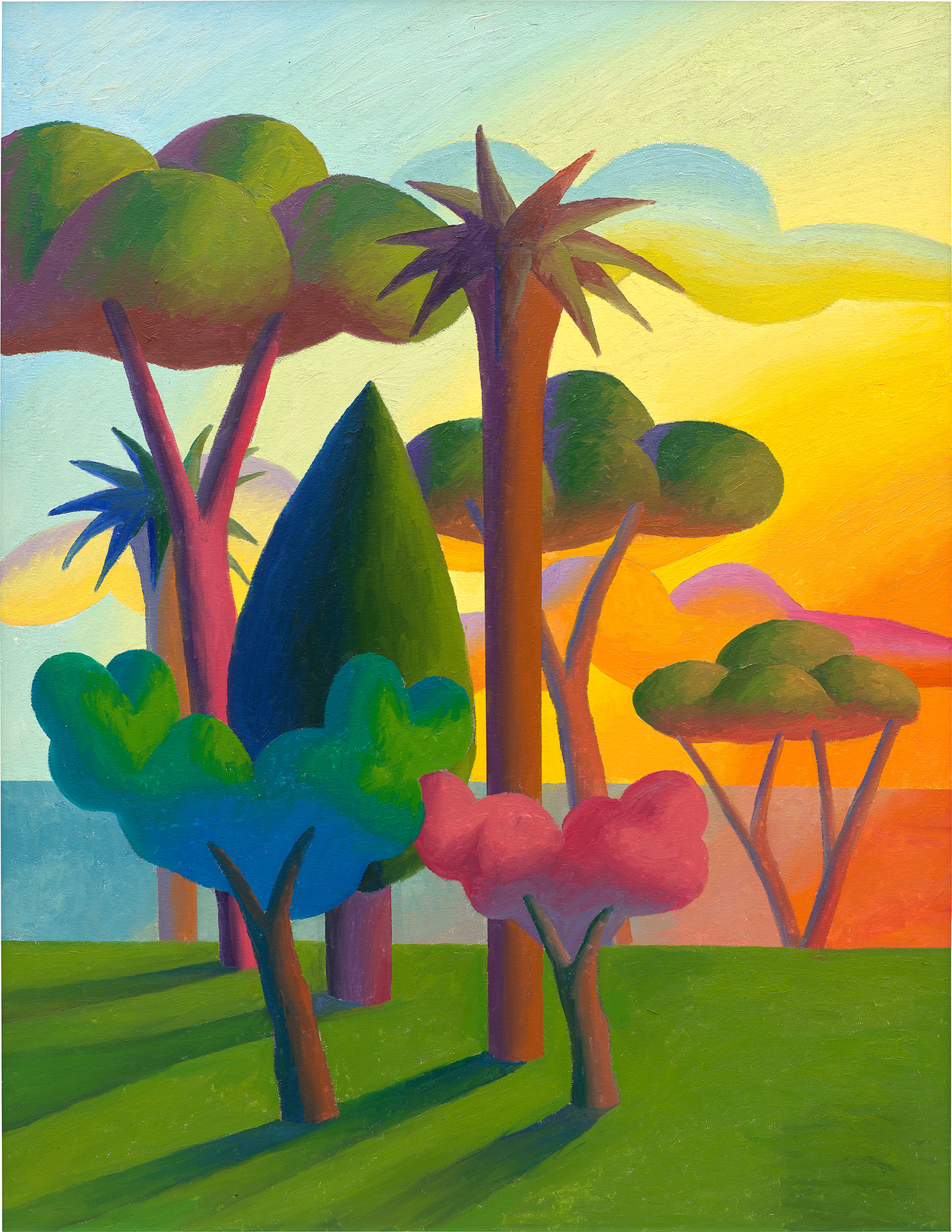





Property of a Prominent Private American Collection
4
Salvo
Mediterraneo
signed, titled and indistinctly inscribed ‘Salvo “mediterraneo”’ on the reverse
oil on burlap
130.5 x 99.7 cm (51 3/8 x 39 1/4 in.)
Painted in 2008, this work is registered in the Archivio Salvo, Turin, under number N.S2008-55 and is accompanied by a certificate of authenticity issued by the Archivio Salvo, Turin.